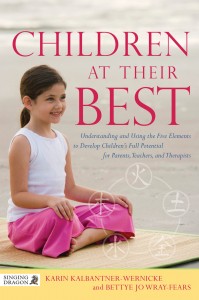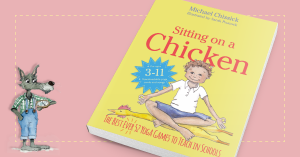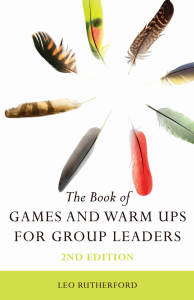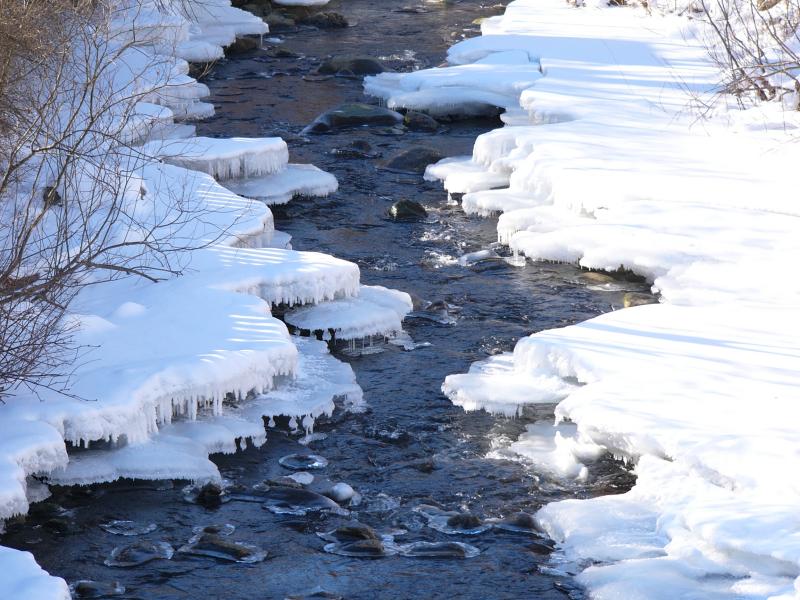Welcome back to the monthly series of stimulating Five Element activities that can support development of children in all ages! If this is your first time reading our blog, you can go back to our first entry in May to view the WOOD Element activities. All of the blogs can be downloaded in a pdf format by clicking on the link at the end of this article so that you can enjoy making your own notebook of Five Element exercises for each month and season of the year.  As the earth moves from summer into the fall, we might notice an unusual phenomena happening that sometimes looks like the earth can’t quite make up its mind what season to express. If you live close to farm land it is the most apparent. Bright yellow fields of winter wheat are in blossom looking like spring, some days have hot burning hours of sunshine feeling like the remnants of summer, or wisps of cool breezes descending with patches of trees starting to change to the autumn colors, and even sudden cold rainy days or nights that make one shudder at the memory of winter on their skin. The transition from summer to fall is the most apparent transition time where all the seasons are expressed at one time, giving rise to the Element Earth. In the cycle of the 5 Elements, this is where Earth Element exists, but truly this auspicious 5th Element represents the transitional time in between all the phases of life and seasons.
As the earth moves from summer into the fall, we might notice an unusual phenomena happening that sometimes looks like the earth can’t quite make up its mind what season to express. If you live close to farm land it is the most apparent. Bright yellow fields of winter wheat are in blossom looking like spring, some days have hot burning hours of sunshine feeling like the remnants of summer, or wisps of cool breezes descending with patches of trees starting to change to the autumn colors, and even sudden cold rainy days or nights that make one shudder at the memory of winter on their skin. The transition from summer to fall is the most apparent transition time where all the seasons are expressed at one time, giving rise to the Element Earth. In the cycle of the 5 Elements, this is where Earth Element exists, but truly this auspicious 5th Element represents the transitional time in between all the phases of life and seasons.
Earth herself is the ground that all the seasons cycle through. It is the Earth that we lay down to rest on every night, and the ground we stand on when we awake. Food, air, water, shelter, and everything that sustains life and gives it the nourishment and support to live and die, comes from the Earth. We can experience this in the way we feel at home in our bodies, thoughts, ideas, and personal expressions of caring for others and ourselves. Children who love to nurture other, pets, and gardens, and love to sing and dance content in themselves are expressing the innate nature of the Earth Element. And those children that we see looking lost, not knowing what to do, needing to follow others or climb continually into the teachers lap, are often expressing the need for Earth Element to be supported and guided to find its own ground and center of balance to interact with the world.
The following exercises can be used with a family, classroom, or a group of children to experience qualities of Earth Element. Remember, it takes patience to allow transitions to happen, and self nurturing to find one’s center and balance. Both are developed expressions of Earth Element. Allow the children to experience whatever arises in the exercises with support, acceptance, and safe boundaries, so that all five of the Elements are given room to grow.
Gardening
You will need little flower pots or recycled yoghurt cups, soil, and different kinds of seeds. Fill the soil in the little pots, make a little hole to put the seeds in and then cover with the extra soil. Spray a little bit of water every day over the planted seeds, and watch for changes to happen.
Choose seeds that grow fast, like water cress, or sunflower seeds. If you use water cress it is a great treat on bread and butter after they have sprouted. Cress is also possible to grow on a piece of wet paper towels, but playing with the soil can give a little more of the feeling of the Earth Element for the children.
The idea for this exercise is to see the whole cycle of growth, like all the seasons, and to use what you care for, like the harvest of fall.
Balancing on Stilts
You need 2 big empty cans that are the same size, i.e., from coffee or soup; a piece of clothesline, and something to make round holes in the cans.
Use the bottom of the can that is still covered for the standing surface or top of the stilt. Have an adult make two holes on the walls/sides of the cans, 2 cm under the bottom of the can (the surface of the stilt). The holes should be level and on opposite sides of the can.
Now pull the clothesline through each hole. When a child stands on the cans, the line should be long enough to make a loop that comes together to tie at the level of the hips for the child to hold onto. Now you can walk on your stilts. Of course you use your stilts only outside. Have a lot of fun with it!

Click this link to download this article.
For more information about the Five Elements and the way they can support child development, check out Children at Their Best: Understanding and Using the Five Elements to Develop Children’s Full Potential for Parents, Teachers, and Therapists published by Singing Dragon.
NEXT: Autumn Metal Element activities – fun with sizes and the cotton ball challenge!




